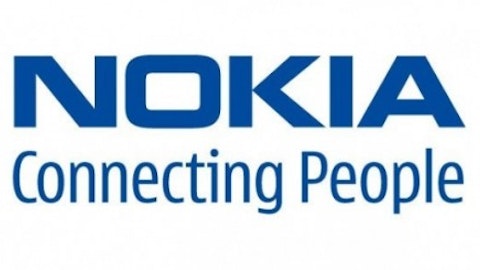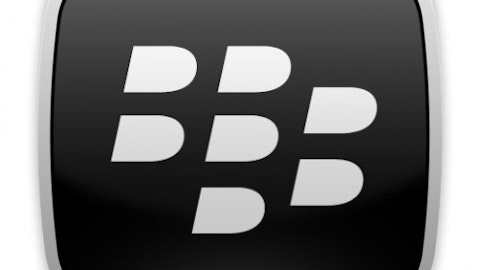Microsoft Corporation (NASDAQ:MSFT)‘s Surface Pro has arrived, to mixed reviews and criticisms of its weight and compromises. I expect this to change once Intel Corporation (NASDAQ:INTC)‘s next-generation processor, code-named Haswell, arrives later this year. Haswell will allow Surface Pro to be as light and compact as ARM processor tablets such as the Surface RT. It will also render Surface RT pointless.
A surprising lack of enthusiasm
I’ve actually been surprised by the critical response to the Surface Pro, which runs the Windows 8 Pro OS on the latest gen Intel Core processors (code named Ivy Bridge). This is the first genuine tablet to run a 64-bit OS, which means it’s capable of just doing just about anything a desktop can do. Running Windows 8 also endows this Surface with the ability to run Windows 7 software, which Surface RT can’t do.

Surface Pro will join the growing ranks of Windows 8 tablets and Ultrabooks (all of which will be touchscreen-based from now on), which I expect to propel Windows 8 licensing in the coming quarters. Unlike RT, Windows 8 is off to a strong start, with over 60 million licenses sold as of Microsoft Corporation (NASDAQ:MSFT)’s earnings report on Jan. 24.
The multiplatform strategy
When Microsoft Corporation (NASDAQ:MSFT) announced the Windows on ARM initiative at CES two years ago, it seemed like a good idea at the time: provide full Windows capability on devices as light and portable as iOS or Android tablets, which all use ARM processors. Here, I referring generically to any processor or SOC (System on Chip) that uses ARM technology. ARM Holdings plc (NASDAQ:ARMH) doesn’t actually fabricate anything, but licenses low power processor designs to the likes of Samsung and Apple.
At the time of the CES announcement, Intel processors simply couldn’t compete in this arena. Eventually, Windows on ARM was subsumed in Microsoft Corporation (NASDAQ:MSFT)’s overhaul of Windows, to make it a better-cross platform OS for tablets, phones and PCs. The company foresaw a future of ubiquitous touchscreens, and the result was three closely related operating systems: Windows 8 for Intel, Windows RT for ARM, and Windows Phone 8 for ARM-based smartphones. While the three provide much commonality of user experience, they couldn’t be perfectly or completely converged, especially in the area of backward compatibility with existing Windows apps.
Overtaken by events
Often in the technology business, strategies that are based on an existing set of technologies become OBE’d (overtaken by events). Microsoft Corporation (NASDAQ:MSFT)’s platform strategy is a case in point. Here, Intel is the culprit.
Intel hasn’t been idle these past two years, and has continued its strategy of shrinking chip sizes and power consumption. Intel’s most advanced chip fabrication process is designated 22 nm, because that’s the typical feature size in billionths of a meter. This is already smaller than the typical ARM processor, where the feature size is typically 28-32 nm, and Intel continues to refine their designs to incorporate more energy-saving abilities.





